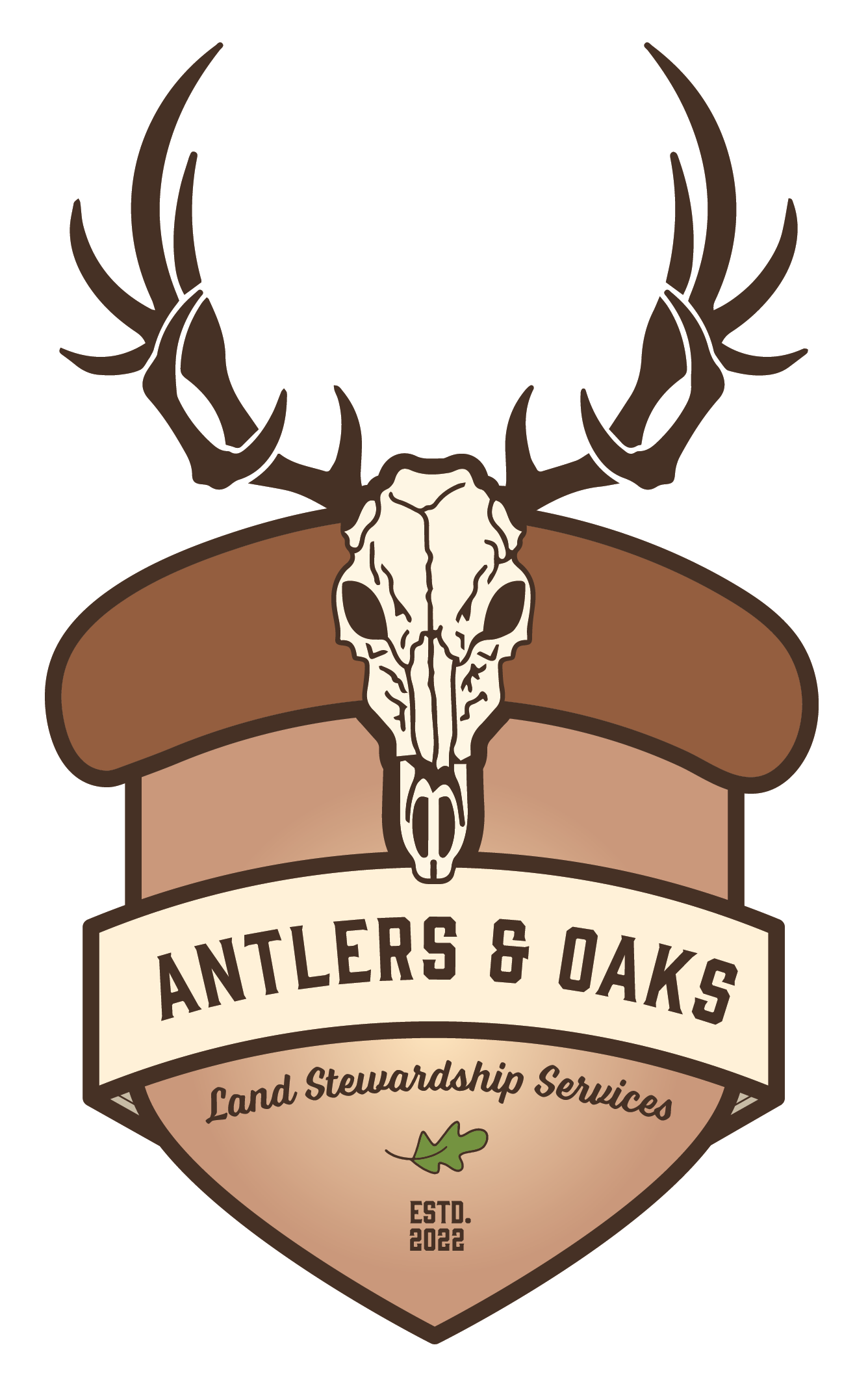The Health of Your Forests & Black Bear Conservation.
Solitary black bears and females with one-year-old cubs are becoming active and are on the search for food in the Central Hardwoods. The springtime habitat for black bears provides the diet of newly emerging grasses and insects. Primarily, the larvae stage of insects (e.g. grubs) is a favorite on the menu. Searching under and within decaying logs on the ground and under rocks, a bear will eat all the insects they can find. Throughout the growing season of spring and summer, insects and vegetation can make up as much as 80% of a bear's diet. Later as summer progresses, soft mast such as blackberries, persimmons, and spicebush berries are also part of a bear’s diet. When the hard mast of oaks develop and start to fall, bears will gorge themselves on acorns packing on pounds of body fat for the winter before they enter their dens. Bears have been known to consume >20,000 calories in 24 24-hour period while feeding on acorns. Research studies (Pelton -1989) explored the fascinating relationship between the production of acorns by oak trees and black bears in the southern Appalachians. Key findings from his research included the link between a diet of acorn production and the Black bear’s survival and reproduction. Physiologically, bears are adapted to digest the fats and carbohydrates found in acorns. Their systems are equipped to handle this specialized diet. Another finding was to cope with food shortages during non-mast years, bears have developed behavioral and ecological adaptations. Despite these adaptations, upland hardwood forests in the Southeast as well as throughout the forest and woodlands of the Central Hardwoods have declined in quality due to factors like the loss of the American chestnut, high-grading (selective logging of only the best trees), soil degradation, and other changes. Forest management practices, fragmentation, and oak decline further threaten the capability of southeastern uplands to support bears (“Oak-Black Bear Relationships in Southeastern Uplands”). In summary, the intricate relationship between oak mast and black bears underscores the critical role of acorns in supporting bear populations and influencing their survival and reproduction. For landowners interested in the conservation and management of Black bears, it boils down to being a good manager of oak-hickory forests and oak woodlands on their properties. This means evaluating the forest for health, diversity of species of various oak trees, the age/size classes of the trees, and their density. A healthy, highly diverse oak forest and oak woodlands will provide a sustainable production of soft vegetation, native insects, fruit, and acorns for a population of black bears. Acorns are an important source of fats and carbohydrates in the diets of not only bears but also critical for nearly 200 other wildlife species as well. (“OAK-BLACK BEAR RELATIONSHIPS IN SOUTHEASTERN UPLANDS”). If you are interested in evaluating your oak forests and woodlands for the management of black bears, contact us by email. We would be happy to discuss a plan for managing black bear habitat or other species of wildlife on your property. It can begin with wise management of the oak trees.
For the wise stewardship of wildlife and forest resources.
TR

